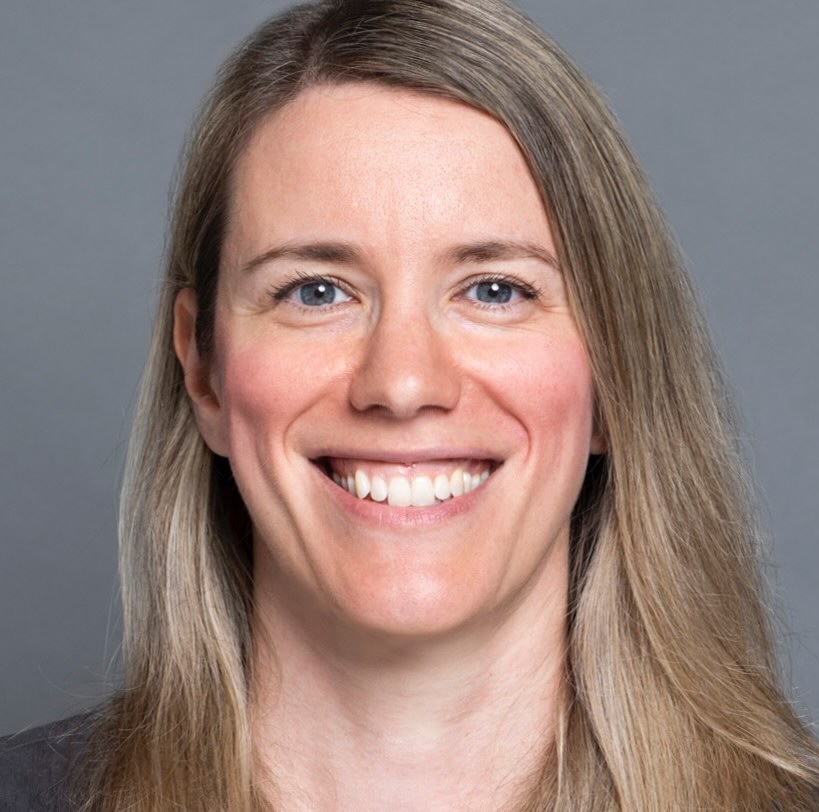Cited By
View all- Wang BAlmaskin MPottmann H(2025)Computational design of asymptotic geodesic hybrid gridshells via propagation algorithmsComputer-Aided Design10.1016/j.cad.2024.103800178(103800)Online publication date: Jan-2025
- Hu AHu JLi WXu JWu YQin J(2024)Geometry modeling method of a stator forming coil for permanent magnet traction motors in rail transit for manufacturingProceedings of the Institution of Mechanical Engineers, Part C: Journal of Mechanical Engineering Science10.1177/09544062241285187239:2(417-431)Online publication date: 5-Oct-2024
- Maekawa TScholz F(2024)All you need is rotation: Construction of developable stripsACM Transactions on Graphics10.1145/368794743:6(1-15)Online publication date: 19-Nov-2024
- Show More Cited By




